ABB EI813F 3BDH000022R1 Ethernet module off the shelf
Technical data of product parameters
The flatness tolerance controls the maximum permitted distance in device pixels
between the mathematically correct path and an approximation constructed from
straight line segments, as shown in Figure 6.6. Flatness can be specified as the operand of the i operator EI813F 3BDH000022R1or as the value of the FL entry
in a graphics state parameter dictionary (see Table 4.8 on page 220). It must be a
positive number; smaller values yield greater precision at the cost of more computation. The smoothness tolerance (PDF 1.3) controls the quality of smooth shading
(type 2 patterns and the sh operator) and thus indirectly controls the rendering
performance. Smoothness is the allowable color error between a shading approximated by piecewise linear interpolation and the true value of a (possibly nonlinear) shading function. The error is measured for each color component, and
the maximum error is used. The allowable error (or tolerance) is expressed as a EI813F 3BDH000022R1
fraction of the range of the color component, from 0.0 to 1.0. Thus, a smoothness
tolerance of 0.1 represents a tolerance of 10 percent in each color component.
Smoothness can be specified as the value of the SM entry in a graphics state
parameter dictionary (see Table 4.8 on page 220).
Each output device may have internal limits on the maximum and minimum
tolerances attainable. For example, setting smoothness to 1.0 may result in an internal smoothness of 0.5 on a high-quality color device, while setting it to 0.0 on
the same device may result in an internal smoothness of 0.01 if an error of that EI813F 3BDH000022R1
magnitude is imperceptible on the device. The smoothness tolerance may also interact with the accuracy of color conversion. In the case of a color conversion defined by a sampled function, the conversion function is unknown. Thus the error may be sampled at too low a
frequency, in which case the accuracy defined by the smoothness tolerance cannot be guaranteed. In most cases, however, where the conversion function is
smooth and continuous, the accuracy should be within the specified tolerance.
The effect of the smoothness tolerance is similar to that of the flatness tolerance.
Note, however, that flatness is measured in device-dependent units of pixel width,
whereas smoothness is measured as a fraction of color component range.
Product picture display
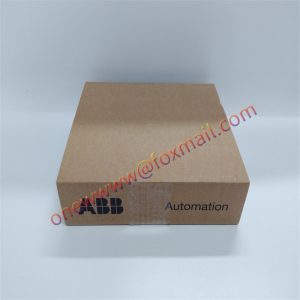
bout us service idea
With the business philosophy of “professionalism, integrity, innovation, cooperation and win-win”, we continue to develop new products, provide high-quality services to customers, pursue customer satisfaction to the maximum extent, and continue to develop new areas of business
Email: onewwww@foxmail.com
Introduction to main products
Focus on DCS, PLC, robot control system and large servo system.
Main products: various modules/cards, controllers, touch screens, servo drives.
Advantages: supply imported original products, professional discontinued parts, fast delivery, accurate delivery time,
Main brands include ABB Bailey, GE/FANC, FOXBORO, Invensys TRICONEX, Bentley BENTLY, A-B Rockwell, Emerson EMERSON, OVATION, MOTOROLA, XYVOM, Honeywell HONEYWELL, Rexroth, KUKA, NI, DEIF, Yokogawa, Woodward WOODWARD, Ryan, Schneider SCHNEIDER, Yaskawa, Moog MOOG, PROSOFT and other brands
reminder
For more products, please contact the email for inquiry onewwww@foxmail.com
This article from the temporal Ming sheng automation equipment co., LTD.,
link: http:www.onewwww.com
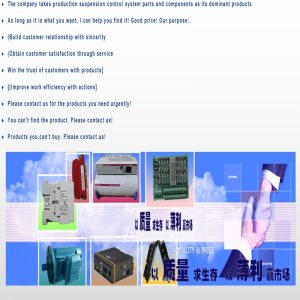


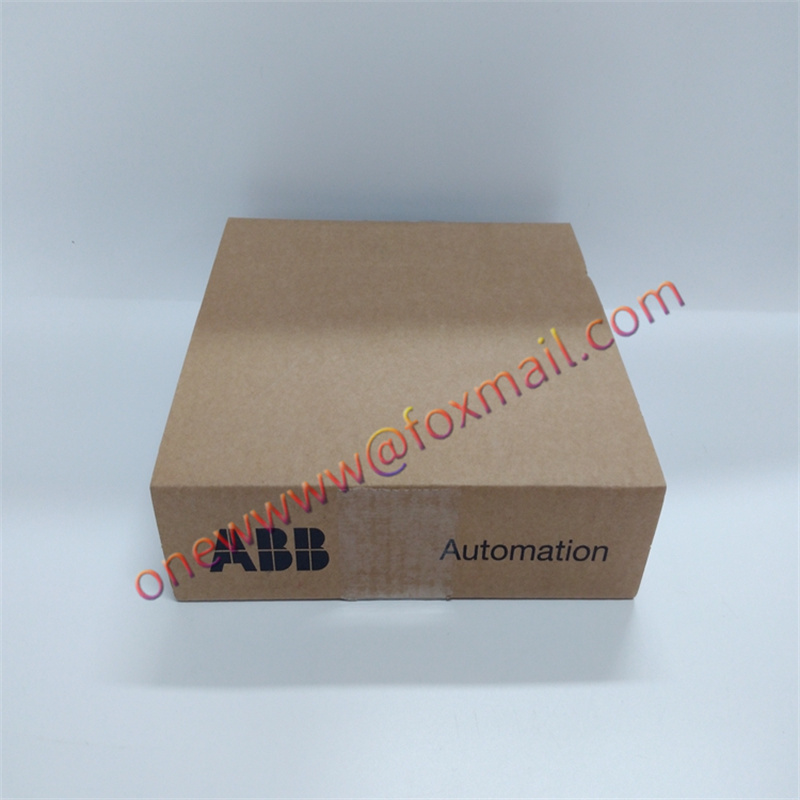
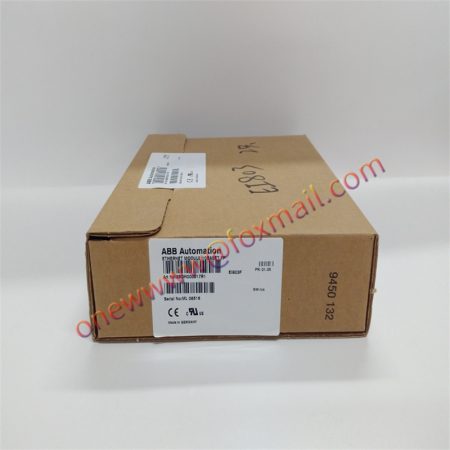
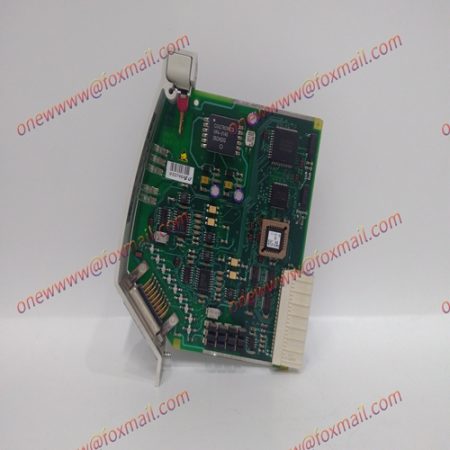
Reviews
There are no reviews yet.